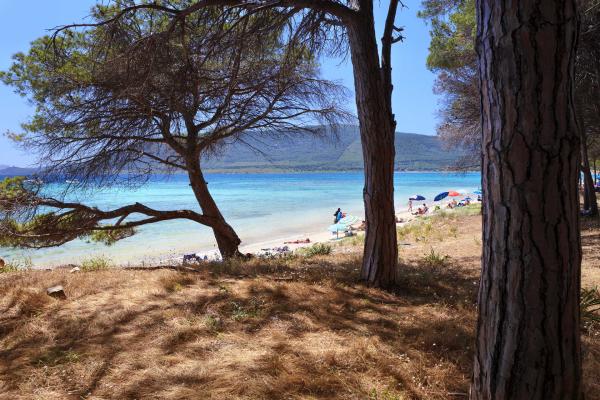The ancient geographer Ptolemy defined nymphaeus portus the splendid, peaceful bay of Porto Conte, today the lovely centre of a beautiful park a few kilometres from Alghero. In this natural harbour - the likes of which is rarely seen - stretching between the promontory of Capo Caccia and Punta Giglio a Nuragic settlement developed around the 14th century BC and was destined to undergo an extraordinary evolution. In the space of just a few centuries, that village, known today as Sant’Imbenia, became one of the major commercial ports of the Mediterranean, where the Phoenicians, Greeks and Etruscans exchanged goods and materials with the local people. Thus, those populations that once came from the sea, assimilated new cultural aspects over time, imported from other ‘peoples of the sea’.

Nuragic or pre-Nuragic archaeology
One of the most ancient Sardinian ports is near Alghero, in the north-west of the island, which evolved from a Nuragic village into a Mediterranean ‘commercial centre’
One of the most ancient Sardinian ports is near Alghero, in the north-west of the island, which evolved from a Nuragic village into a Mediterranean ‘commercial centre’
See this place because...
Surrounded by splendid landscapes and other legacies of the past, it is a place that bears witness to the evolution of the Nuragic civilization that had external contacts here, more than anywhere else
Ti piace questo luogo? Alghero potrebbe essere la tua meta ideale.
You may also like
More attractions in the vicinity
Nearby hotels and accommodations

ALGHERO
2 km

ALGHERO
2 km

ALGHERO
3 km













